how long is pizza good for in the fridge – The Ultimate Guide

Got leftover pizza from last night’s party or a quiet night in? You’re probably opening the fridge, looking at that glorious box, and wondering: how long is pizza good for in the fridge? It’s a question every pizza lover has asked.
Depending on how you store it, you can enjoy those delicious slices for days. In this article, we will tell you in detail everything you need to know about pizza’s shelf life. We will cover how long it lasts, the best ways to store it to keep it fresh, how to tell if it has gone bad, and the ultimate methods for reheating it to perfection.
So, let’s get started!
In a Hurry? Key Takeaways
For those who just want the fast answer, here are the most important points:
- Fridge Shelf Life: Leftover pizza is safe to eat for 3 to 4 days when stored correctly in the fridge.
- Room Temperature Limit: Never leave pizza out at room temperature for more than 2 hours.
- Freezer Shelf Life: You can freeze pizza for up to 2 months to enjoy it later.
- Best Storage Method: Use an airtight container or wrap slices tightly in plastic wrap or aluminum foil.
- Safety First: When in doubt about whether your pizza is still good, the safest option is always to throw it out.
How Long Does Pizza Last in the Fridge?
The simple and direct answer is that most cooked pizza will last between 3 to 4 days in the refrigerator. This guideline is supported by food safety experts, including the USDA, and applies to most types of pizza, whether it’s from a restaurant or homemade.
Here’s a quick breakdown for different types of pizza:
how long is pizza good for in the fridge
| Type of Pizza | Refrigerator Shelf Life |
| Cheese Pizza | 3–4 Days |
| Pepperoni or Sausage Pizza | 3–4 Days |
| Chicken or Meat Pizza | 3–4 Days |
| Vegetarian Pizza | 3–4 Days |
| Homemade Pizza | 3–4 Days |
As you can see, the core ingredients don’t drastically change the 3-to-4-day rule. The most important factor is not the topping, but how and when you store it.
The “Danger Zone”: Why Pizza Goes Bad
The reason you can’t leave pizza on the counter overnight is due to bacteria. The “Danger Zone” for food is the temperature range between 40°F (4°C) and 140°F (60°C). In this range, harmful bacteria like E. coli and Staphylococcus can multiply rapidly, potentially leading to foodborne illness.
Your refrigerator is set below 40°F to slow this bacterial growth, but it doesn’t stop it completely. This is why leftovers are only good for a few days. The golden rule is the 2-hour rule: any perishable food, including pizza, should be refrigerated within 2 hours of being cooked. If it has been sitting out for longer, it is no longer safe to eat.
- Preheat your oven to 375°F (190°C).
- Place the pizza slices on a baking sheet. You can line it with aluminum foil for easy cleanup.
- Bake for 8-12 minutes, or until the crust is crisp and the cheese is bubbly.
How to Tell if Your Pizza Has Gone Bad
Before you reheat a slice, always give it a quick inspection. Your senses are the best tools for spotting spoiled pizza.
- Hard or Dry Texture: The first sign is often a very hard, dry crust and toppings. While it might still be safe to eat at this stage, it won’t be enjoyable.
- Strange Smell: Give the pizza a sniff. If it has a sour or rotten odor, it’s a clear sign that it has gone bad. Throw it away immediately.
- Slimy Texture: If the toppings or cheese feel slimy or gooey to the touch, bacteria has taken over. This pizza is not safe to eat.
- Color Changes or Mold: This is the most obvious sign. If you see any green, blue, white, or black fuzzy spots, that’s mold. Do not try to scrape it off; the mold’s roots can penetrate deep into the slice. Discard the entire pizza.
Remember the golden rule of food safety: When in doubt, throw it out. A few dollars’ worth of pizza is not worth the risk of food poisoning.
The Best Way to Store Leftover Pizza
Proper storage is the key to keeping your leftover pizza tasting great. Tossing the entire cardboard box in the fridge is a common mistake—the box lets in air, which dries out the pizza and exposes it to other odors in your fridge.
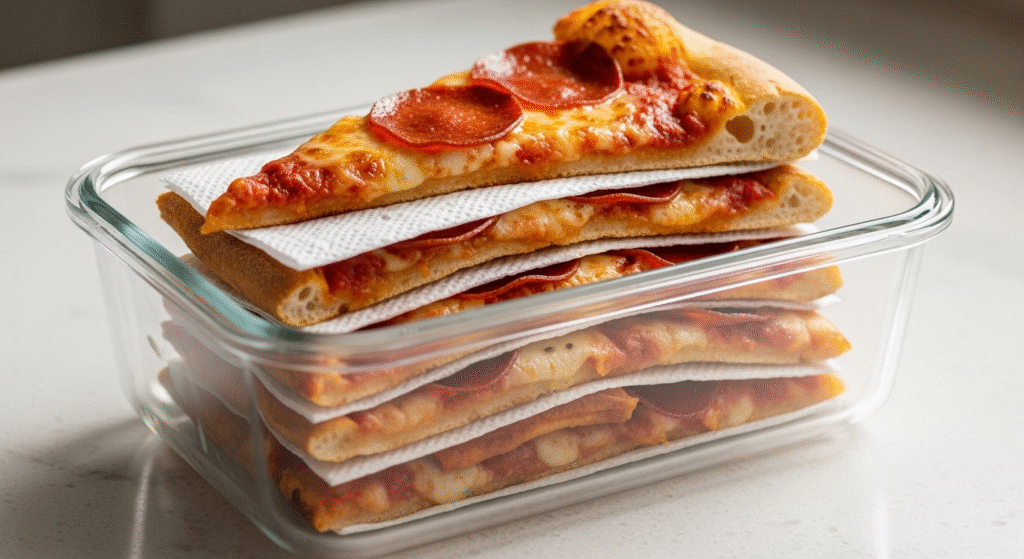
Here is the best way to do it:
- Cool it Down: Let the pizza cool down to near room temperature before storing it (but don’t exceed the 2-hour window). Storing it while hot can create condensation and lead to a soggy crust.
- Stack and Separate: Place slices in a single layer in an airtight container. If you need to stack them, place a paper towel or a sheet of parchment paper between each slice. This prevents them from sticking together and absorbs excess moisture and grease.
- Wrap it Tight: If you don’t have a container, wrap each slice tightly in plastic wrap or aluminum foil. This creates a seal that prevents air from getting in.
- Refrigerate Promptly: Place the container or wrapped slices in the fridge within 2 hours.
How to Freeze Leftover Pizza for Long-Term Storage
If you know you won’t eat the leftovers within 4 days, freezing is a fantastic option.
- Pre-Freeze (Optional but Recommended): Place the individual slices on a baking sheet and put them in the freezer for about an hour, or until they are firm. This prevents them from sticking together.
- Wrap Each Slice: Wrap each frozen slice tightly in plastic wrap, followed by a layer of aluminum foil. This double layer protects against freezer burn.
- Store in a Bag: Place all the wrapped slices into a heavy-duty freezer bag or an airtight container.
- Label and Date: Don’t forget to label the bag with the date. Frozen pizza is best eaten within 1 to 2 months.
The Ultimate Guide to Reheating Leftover Pizza

Say goodbye to soggy, sad microwaved pizza. Here’s how to bring your leftovers back to life.
In a Skillet or Frying Pan (Recommended for 1-2 Slices)
This method gives you a crispy crust and perfectly melted cheese.
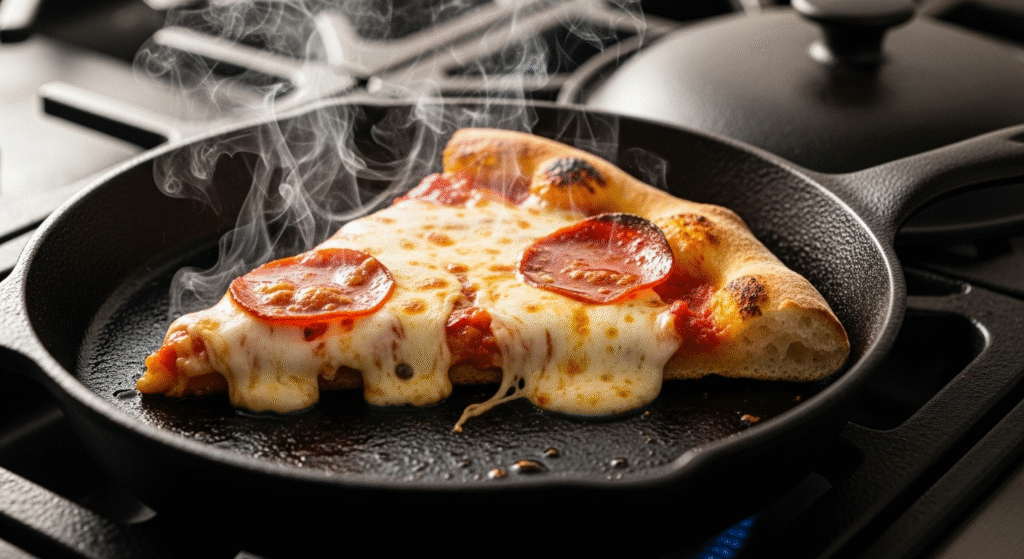
- Place a cold slice of pizza in a non-stick skillet over medium-low heat.
- Heat for 2-3 minutes, until the bottom is crispy.
- Add a few drops of water into the pan (away from the pizza) and cover it with a lid.
- Cook for another 2-3 minutes until the cheese is fully melted and steaming.
In the Oven or Toaster Oven (Recommended for Multiple Slices)
This is the best way to replicate that fresh-from-the-pizzeria taste.
In an Air Fryer (Fast and Crispy)
- Place one or two slices in the air fryer basket in a single layer.
- Cook at 350°F (175°C) for 3-5 minutes. Keep an eye on it, as it can cook quickly!
Frequently Asked Questions about how long is pizza good for in the fridge (FAQs)
- Can I eat 5-day-old pizza?It is not recommended. The 4-day mark is the limit for safety. After this point, the risk of harmful bacteria growth increases significantly, even if the pizza looks and smells fine.
- Is it safe to eat cold pizza from the fridge?Yes, as long as it has been stored properly and is within the 3-4 day window, cold pizza is perfectly safe to eat.
- What happens if you eat bad pizza?Eating spoiled pizza can cause foodborne illness (food poisoning). Symptoms can include nausea, stomach cramps, vomiting, and diarrhea.
- Do I have to take the pizza out of the cardboard box?Yes, you absolutely should. The cardboard box does not seal properly, allowing air to circulate, which dries out the pizza. It also absorbs moisture, making the crust soggy. Always transfer slices to an airtight container or wrap them tightly.
See Also – Crispy Pizza Crust Recipe – The Secret to Perfectly Golden, Crunchy Pizza Every Time
Conclusion
We hope this guide has deeply discussed all you need to know about how long pizza is good for in the fridge. To summarize, your leftover pizza is a treat you can safely enjoy for 3 to 4 days if you store it correctly. Remember to use an airtight container, watch for signs of spoilage, and use the oven or a skillet to reheat it for the best results on your question how long is pizza good for in the fridge.
By following these simple storage and safety tips, you can make sure every slice of leftover pizza is just as delicious as the first.

a third-generation pizza enthusiast and food blogger at Pizzetteria Brunetti. Growing up in a family-owned pizzeria in New York, he learned the art of dough-making from his Italian grandfather. With over 15 years of hands-on kitchen experience, John shares authentic recipes, baking science, and pro tips to help home cooks master restaurant-quality pizza at home. When he’s not testing new recipes, you’ll find him exploring local food markets or teaching cooking classes.






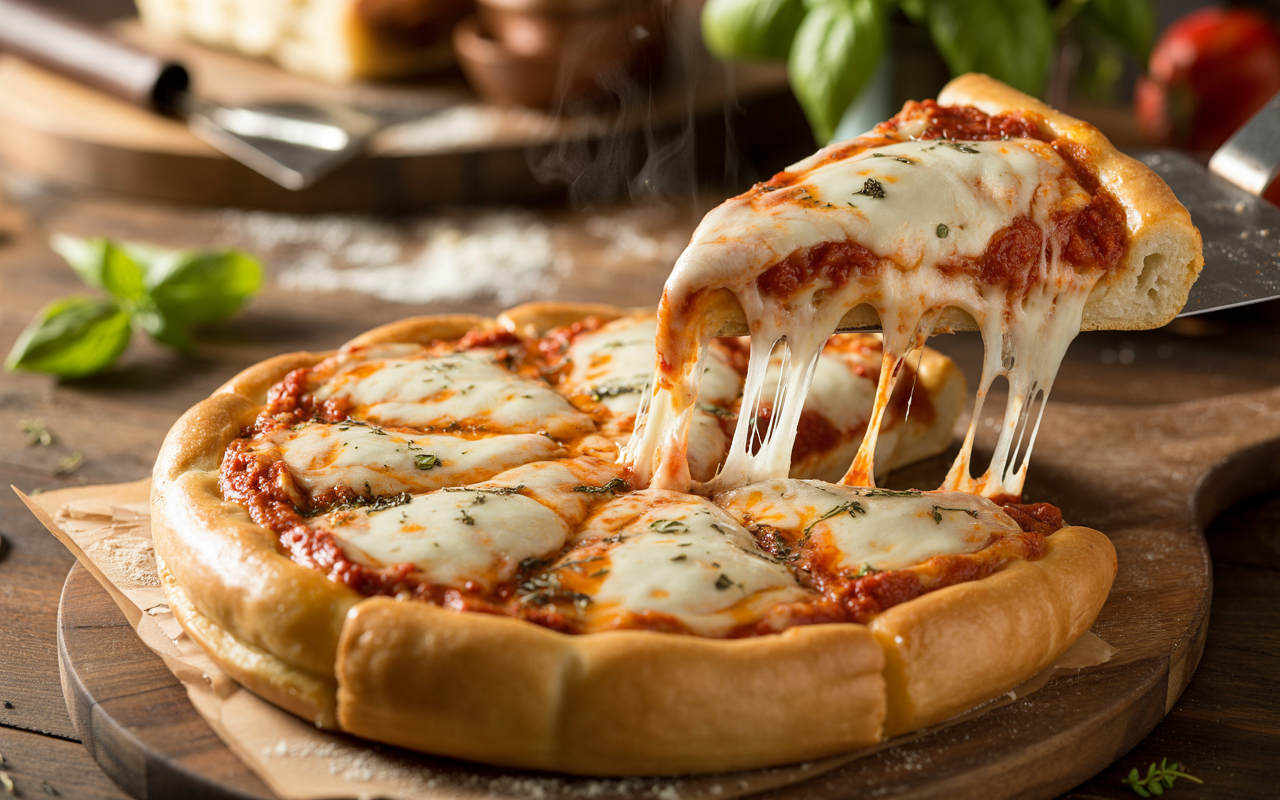
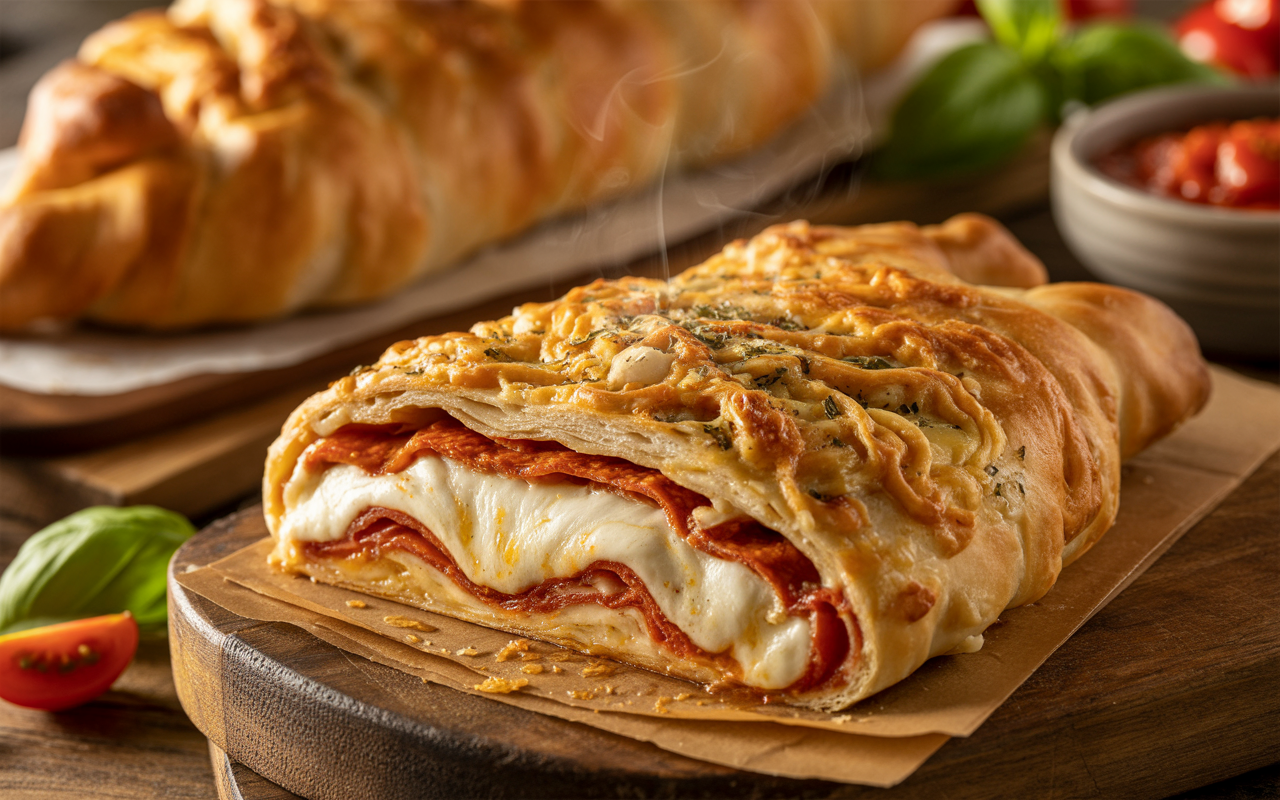
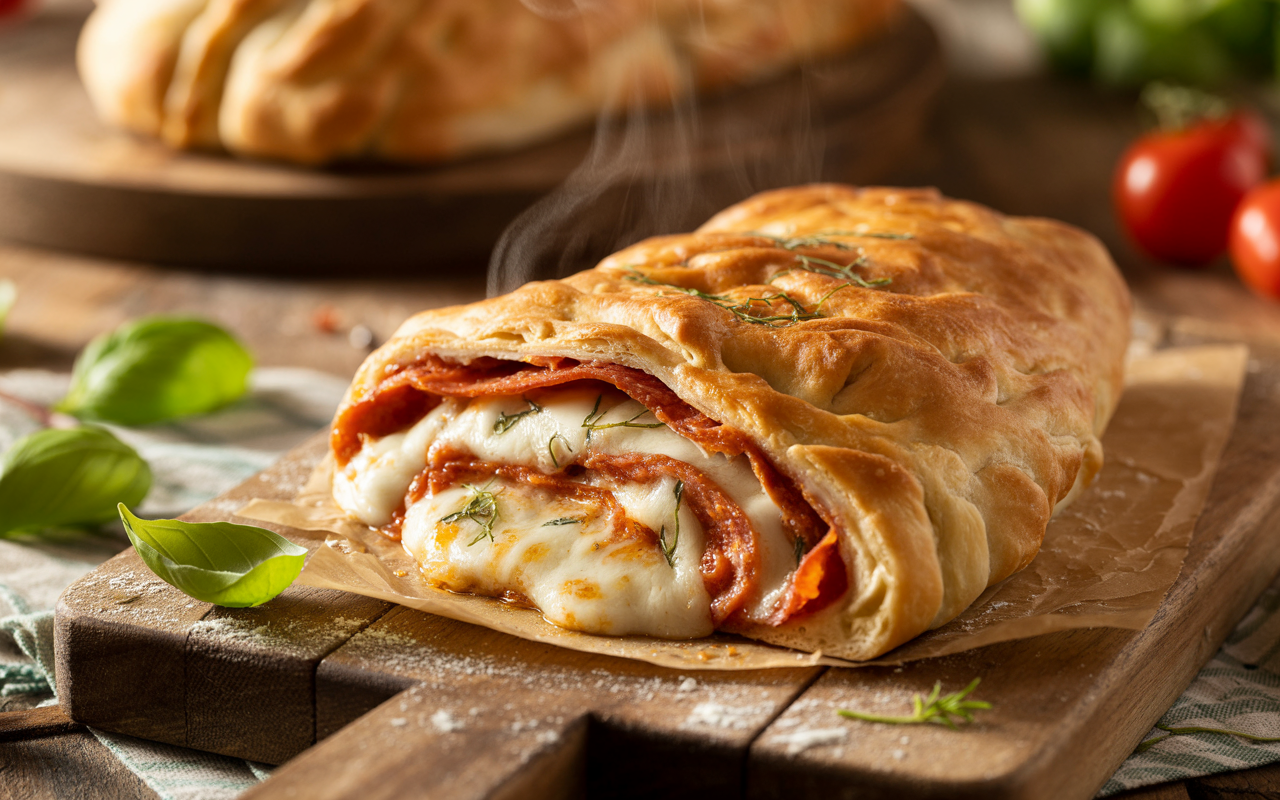
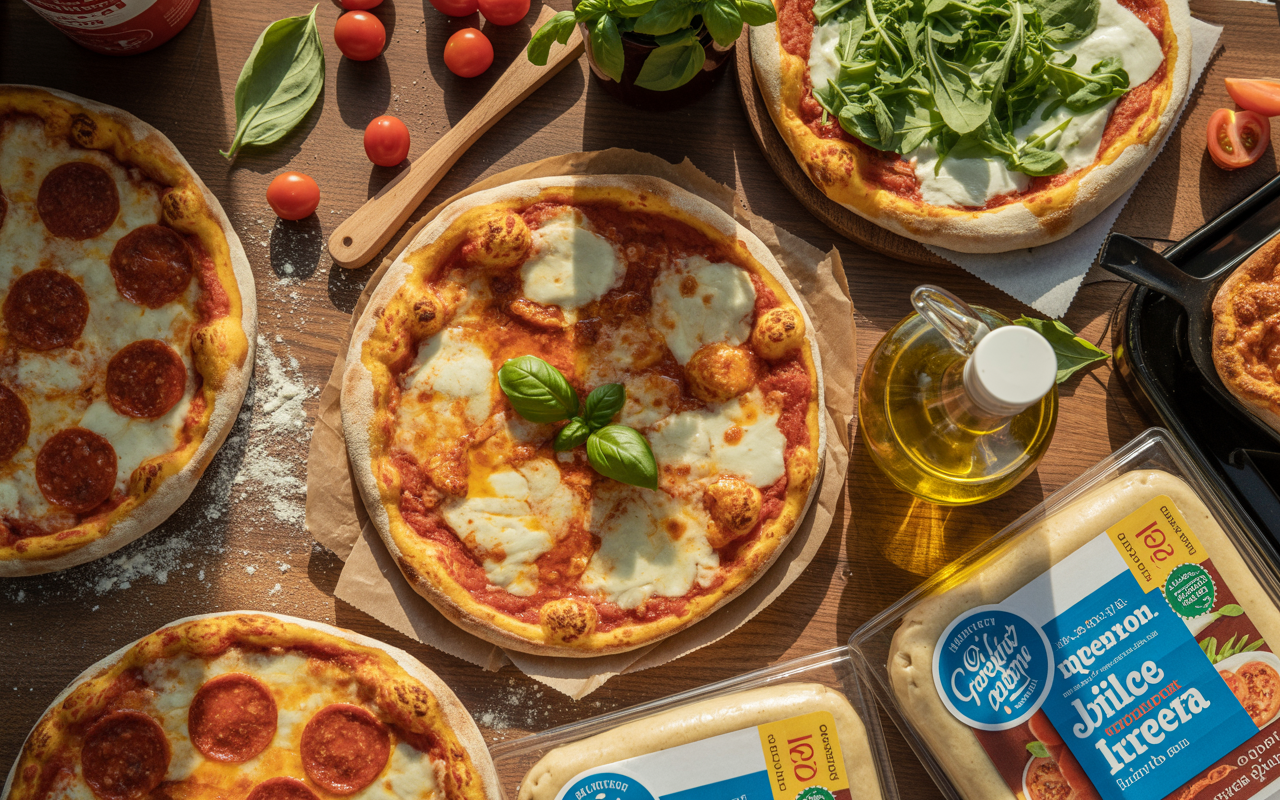
Leave a Reply